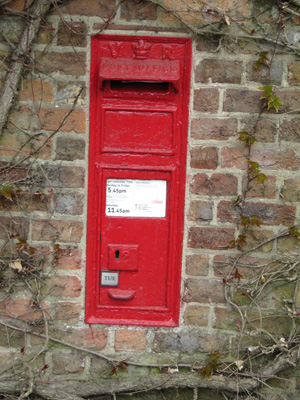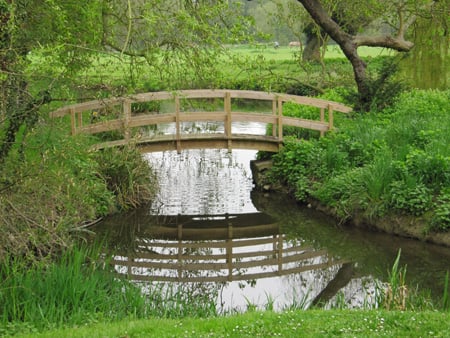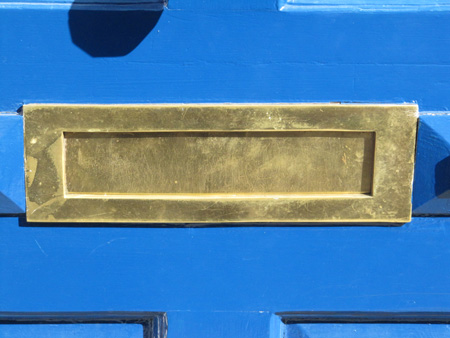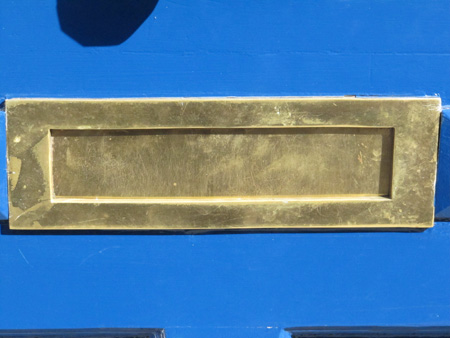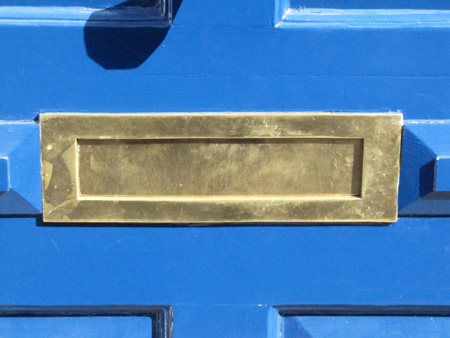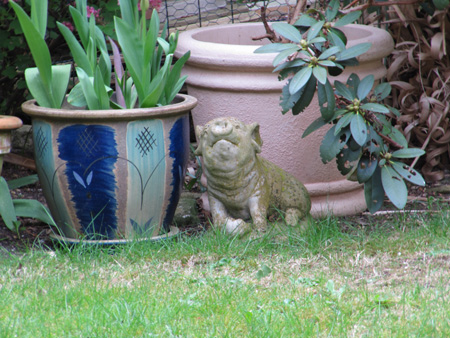Original URL: https://www.theregister.com/2009/04/24/review_compact_camera_canon_powershot_sx200is/
Canon PowerShot SX200 IS compact camera
Compact-plus?
Posted in Personal Tech, 24th April 2009 16:59 GMT
Review So, you’re off on your travels and you’re wondering what type of camera to pack along with the suntan lotion and the insect repellent. A digital SLR takes great photos, but it’s a bit on the bulky side. A compact is highly pocketable but there are compromises when it comes to performance, while a hybrid doesn’t save you a great deal of space. Well, why not try a travel-cam?
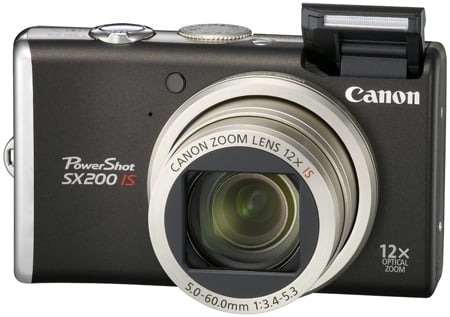
Canon's PowerShot SX200 IS: not a compact, not a hybrid - something in between
That’s the idea behind Canon’s PowerShot SX200 IS. It’s pocket-sized, practical, packed with features and promises much in terms of performance. On paper at least, it looks like the ideal camera for the budding Michael or Michaela Palin, but is it?
How can we put this? The SX200 has one or two interesting design features. It has an aluminium and plastic body which curves inwards on the right-hand side for better grip. On top is a pop-up flash, small power button, large mode dial, shutter button and zoom rocker switch.
The back is dominated by a 3in LCD screen composed of 230,000 dots. Next to it are a direct print button, playback button, and beneath these, a multi-controller for functions such as flash mode, macro and self timer button. Surrounding the multi-controller is a control dial, which is used for various settings – more on this later. At the bottom are Display and Menu buttons.
The right is home to a rather tacky plastic cover hiding mini USB and mini HDMI ports. At the bottom, is a flap covering the lithium-ion battery compartment and memory card slot – the SX200 uses SD/SDHC cards, plus several types of MMCs.
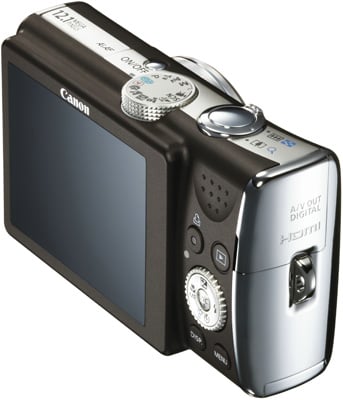
The SX200 is HDMI compatible - but you'll need to buy an adaptor to connect it to a TV
The SX200 is certainly much more compact than a DSLR, but it’s on the large size when compared with a compact camera, like say, the Panasonic DMC-FS7. The Canon measures 103 x 61 x 38mm and weighs 250g with battery and card.
Canon has included a 12.1Mp 1/2.3-inch CCD with a 12x optical zoom courtesy of a 5-60mm f/3.4-f/5.3 lens. The latter is equivalent to a 28-336mm lens on a 35mm camera, so the SX200 is is well able to take a wide range of shots. The camera uses the fourth generation of Canon's Digic image processors, which delivers an 80-1600 ISO range, shutter speeds from 1 to 1/3200s, image resolutions from 4000 x 3000 down to 640 x 480 (VGA).
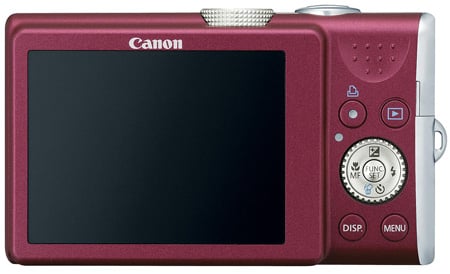
Not the sharpest LCD around
There’s also a face-detection system that can spot up to 35 separate fizzogs, along with scene and motion detection technologies. It'll record movies in 720p HD resolution (1280 x 720), VGA or QVGA (320 x 240), all at 30fps. Video is recorded in the QuickTime .MOV (H.264) format and a ten-minute HD recording uses around 2GB of memory. You can record up to 30 minutes of HD video or an hour at the lower resolutions.
Switch on is pretty fast, with the SX200 ready to go in around two seconds. But whenever you power up the camera, something extraordinary happens: the pop-up flash springs into life, whatever the shooting conditions and whatever the camera settings. It’s an odd design quirk and we’re scratching our heads as to why Canon has opted to do this. True, you can easily disable flash mode using the multi-controller, but the pop-up flash still remains up.
If you put your finger over the flash cover during switch-on, you can stop the flash from emerging, but we wouldn’t recommend doing this, in case you damage the camera. Besides, as soon as you remove your finger, the flash pops up again.
On a happier note, Canon has provided lots of user control options that will appeal to everyone, from the point-and-shoot beginner to the more experienced user. In Auto mode, Canon’s Intelligent Scene technology analyses the brightness, contrast, distance and hue, and then – according to Canon – selects the optimum settings.
If all that’s not enough, Easy Mode gives you just the option of switching off the flash and leaves everything else to the camera.
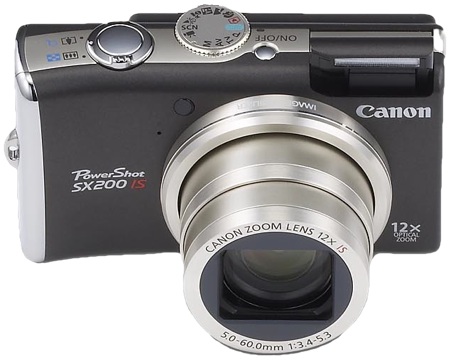
On the large size, compared to most compacts
If you want more control, there’s plenty to choose from: Program AE, aperture priority, shutter priority and manual modes are all available. There are also various scene modes - such as Portrait and Landscape - that can be instantly accessed from the mode dial, plus more scenes to be selected from the menu, including Sunset and Night Snapshot. And if that wasn’t enough, you’ve got Colour Accent and Colour Swap options, plus Stitch Assist, Canon’s Panoramic mode, which can combine up to 26 frames. Sadly, there is no in-camera stitching, although Canon does provide the software for this on a PC.
Sample Shots
Sample Shots
The PowerShot SX200 IS offers a fairly wide ISO range, although packing 12.1m pixels onto the CCD could pose noise problems. Happily the cameria's image processor does a decent job in keeping noise levels low, although it begins to creep in around ISO 400.
Sample Shots
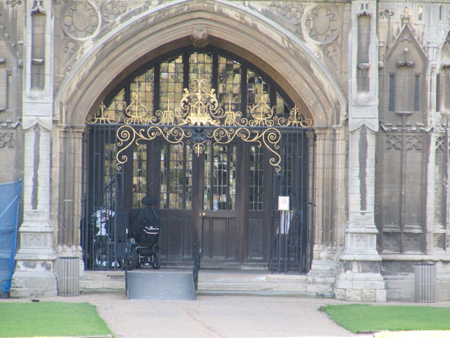
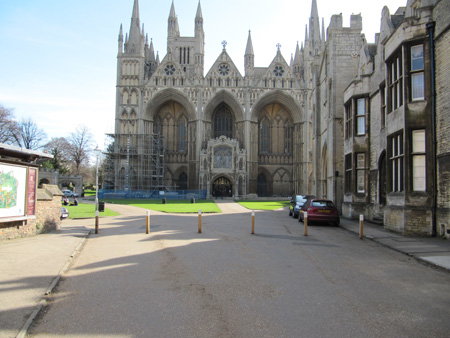
Telephoto (top) and wide angle
The PowerShot SX200 IS comes with a very versatile 12x zoom in the form of a 5-60mm f/3.4-f/5.3 lens. This is equivalent to a 28-336mm lens on a 35mm camera, making the camera ideal for both wide and extreme telephoto shooting. In the wide angle shot, look at the small white dot in the right-hand side of the cathedral entrance, and now look how the telephoto shot reveals it to be a no smoking sign.
A 12x optical zoom is useful, but there is the danger of camera shake, and even more so, if like the PowerShot SX200 IS, there's no optical viewfinder. We took these shots at the extreme end of the telephoto setting that is, 60mm, which is equivalent to 336mm on a 35mm camera. We hand-held the camera, leaning against a shed for extra support, and fired off these shots using a slow shutter speed of 1/10sec and a low ISO speed (80). As you can see, the image stabilisation system worked a treat in keeping things sharp.
With the exception of the irritating pop-up flash, the PowerShot SX200 IS handles well. It takes around a second to write data to the memory card and shutter lag is minimal. The menu system uses the familiar Canon tabbed format, while using the function control involves scrolling through a menu which reveals a helpful short text description of each function. In manual and semi-manual modes, functions such as aperture size and shutter speed are easily changed using the control dial.
The LCD is large, and while not the sharpest screen on the block, is fine for most operating conditions. It’s a shame, though, that Canon hasn't included an optical viewfinder, which is handy when using the telephoto end of the zoom.
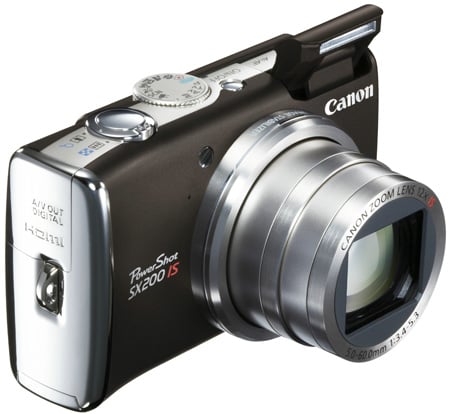
The flash pops up no matter what
There is much to like regarding the performance of the SX200. Image quality is good when it comes to colour, sharpness and exposure, and noise isn’t an issue until you start shooting at ISO 400. The image stabilisation system is one of the best we’ve seen and makes a big difference when shooting at slow shutter speeds with the camera held in your hands.
The face-detection system works well, and we're pleased to see that the SX200 also combines it with the self-timer system, so that the camera only shoots when it detects an extra face in a scene - when you've dashed round to get into the frame, in other words.
HD movie quality was also impressive, with smooth motion and good resolution, although the mono soundtrack is nothing to get excited about. By the way, if you intend viewing HD movie footage on your HD Ready TV, you’ll need to purchase a mini HDMI adapter cable, as Canon doesn’t provide one. Another disappointment is that the SX200 only offers a continuous shooting speed of 0.8fps at the highest resolution, so forget about capturing that speedy gazelle in its full glory on your safari holiday.
Verdict
Canon has managed to squeeze a quart into something a little larger than a pint pot. The PowerShot SX200 IS has a good range of features, including a very versatile zoom, and offers much for both beginners or DSLR users looking for a smaller camera to take on their travels. Handling is good, although it’s let down by a quirky pop-up flash system. You can even use it as an HD camcorder, provided you’ve got enough memory card space. This is indeed a handy camera to take on a holiday or a trip. ®



